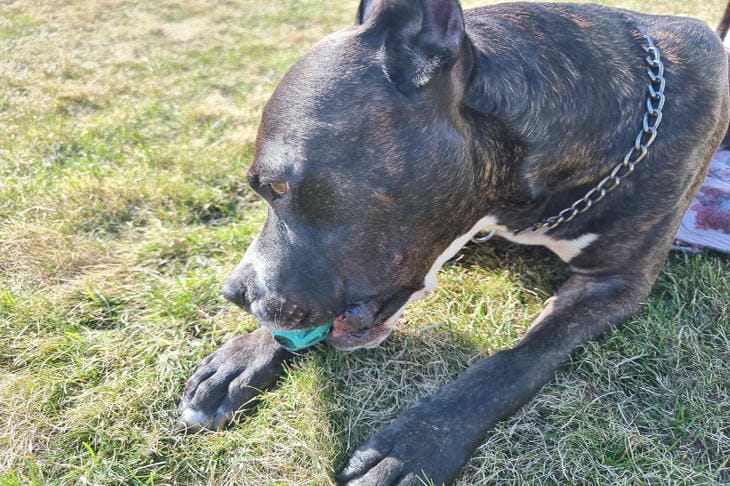Many owners face the problem of their pet's reluctance to wear clothes.
Dogs often show anxiety and discomfort when trying to put a jumpsuit or blanket on them.
Experienced dog handlers offer proven methods for solving this problem.
Reasons for giving up clothes
Dogs may refuse to wear clothes for various reasons. Some pets experience natural discomfort due to limited movement.
Others may have had a negative experience when they first encountered the clothes. The wrong size or style of the product also plays a major role.

The right choice of clothes
Comfortable clothing is the key to successful adaptation of the pet. When choosing, you should take into account the characteristics of the breed, the size of the dog and the season.
The material should be soft, not restrict movement and not irritate the skin. Fasteners should be located in easily accessible places.
Gradual training
The adaptation process requires patience and consistency. You should start with short sessions of wearing clothes at home.
The pet is given the opportunity to sniff and examine the new item of clothing. Positive emotions are reinforced with treats and praise.
Putting on technique
The correct dressing technique helps to avoid stress. Clothes are put on calmly, without sudden movements.
The dog can be distracted with a favorite toy or treat. The fasteners are fastened sequentially, starting with the most important elements.
Positive reinforcement method
Forming positive associations is considered a key moment in accustoming to clothes. Each fitting is accompanied by a tasty treat and affectionate words.
A walk in a new outfit can include favorite games or visiting interesting places.
Common mistakes
Owners often make mistakes when training a dog to wear clothes. Coercion and punishment create a negative experience.
Too long first sessions of wearing cause fatigue. Incorrectly chosen size causes physical discomfort.
Features of different breeds
Different dog breeds have different attitudes towards clothing. Short-haired breeds get used to additional insulation faster.
Long-haired dogs may show more resistance. Taking into account the breed characteristics helps to choose the right training strategy.
Seasonal adaptation
It is recommended to start accustoming to clothing in advance, before the cold weather sets in. In summer, you can use light vests to form a habit.
In autumn, warmer clothes are gradually introduced. Winter clothes are put on the already prepared pet.
Individual approach
Each dog has a unique character and temperament. Shy pets need more time to get used to.
Active dogs need special clothing that does not restrict movement. The owner should adapt training methods to the characteristics of their four-legged friend.








